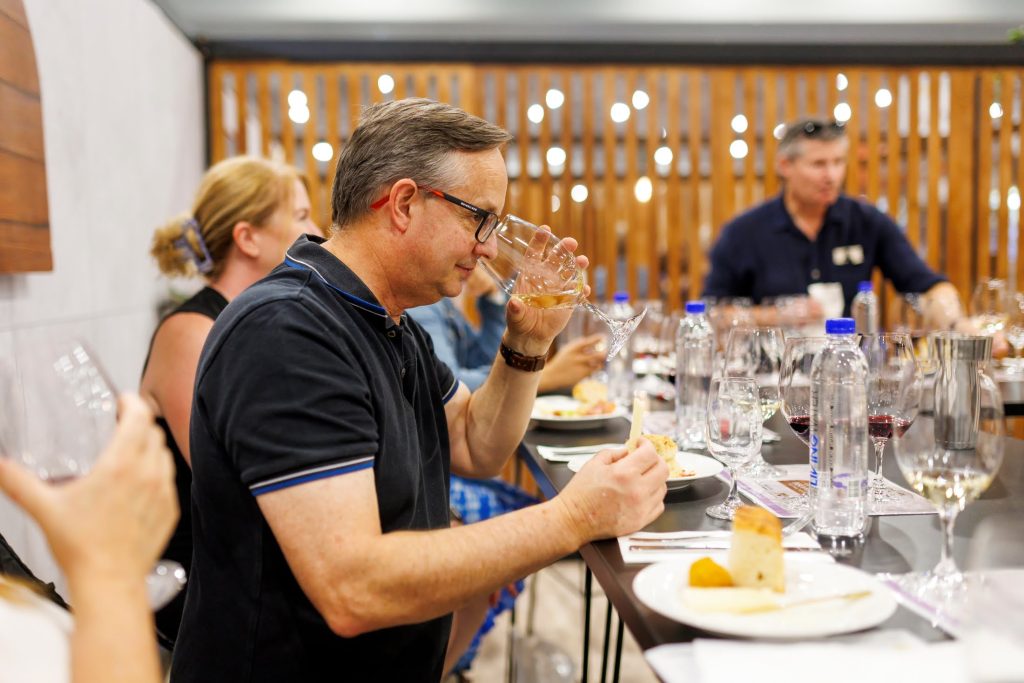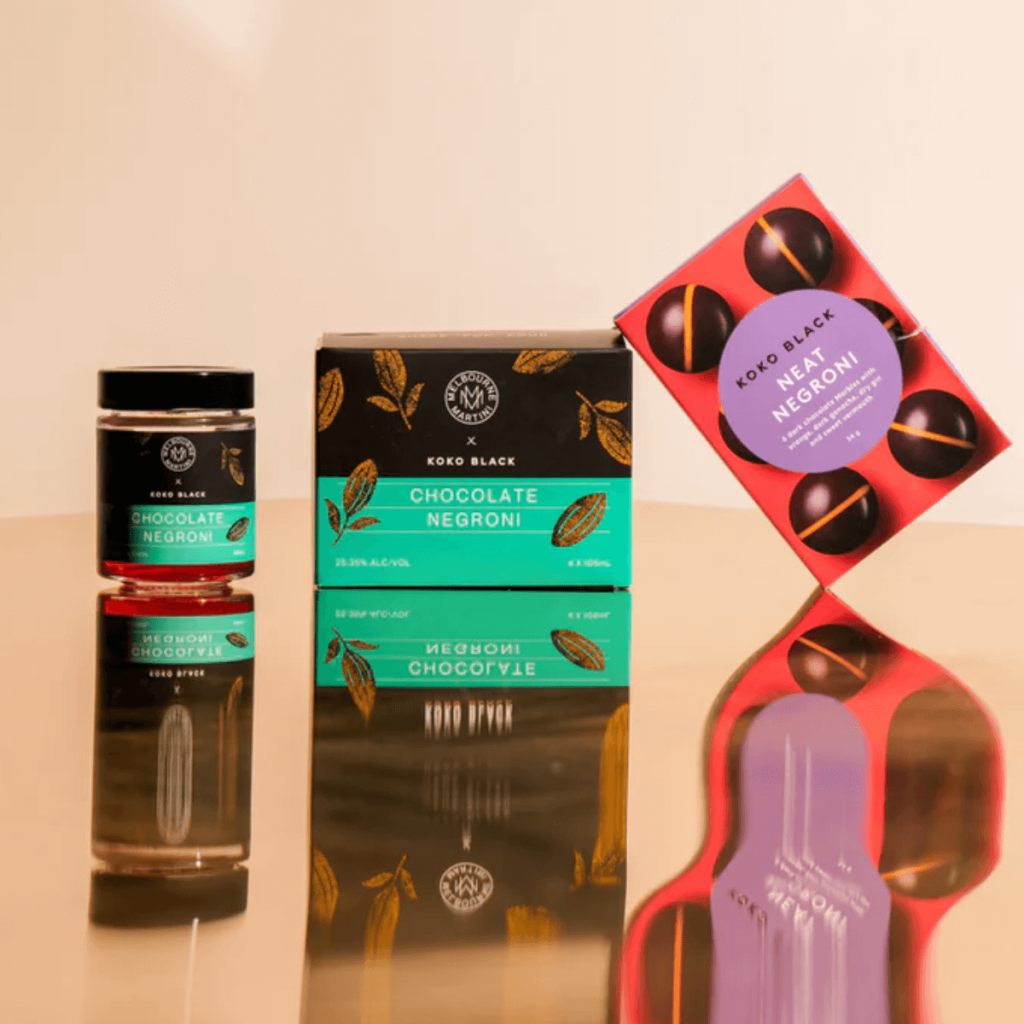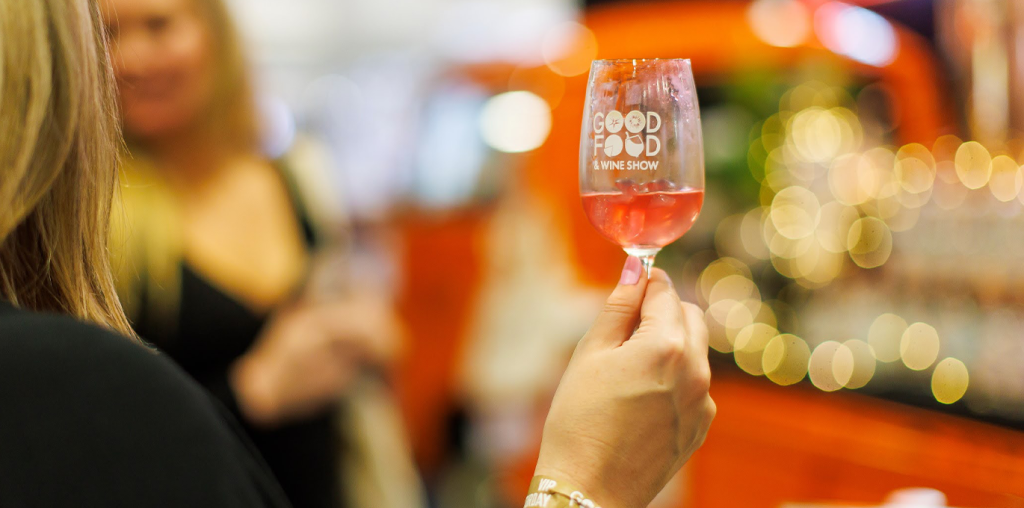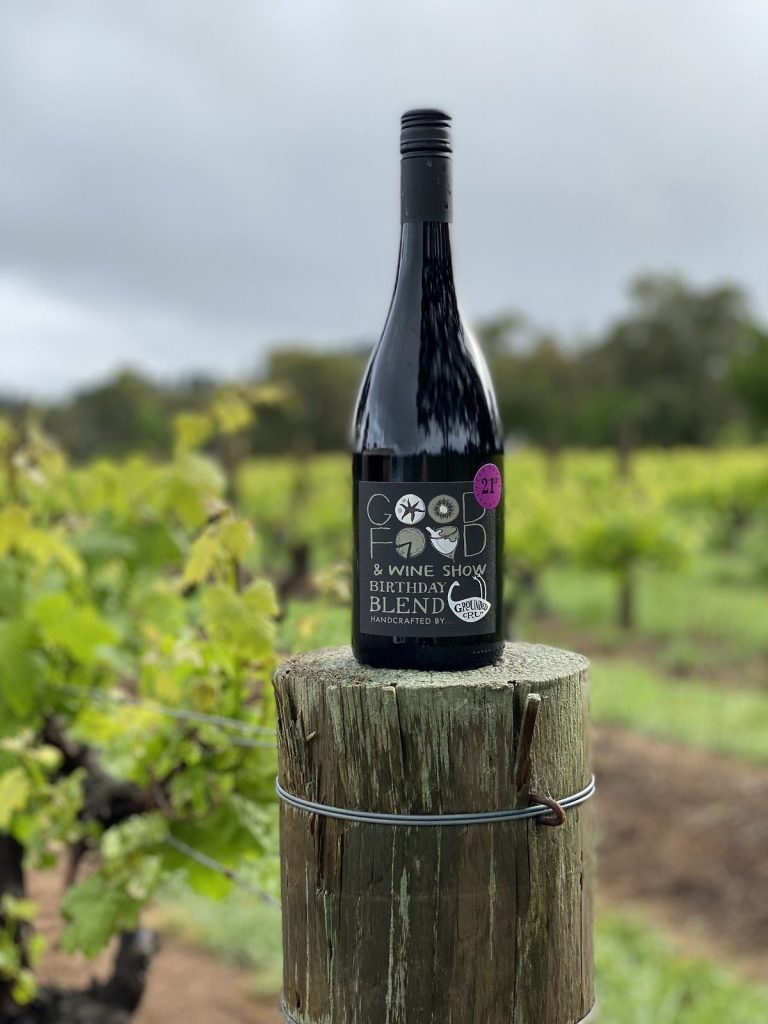Rosé Wine, debunking the myths!
Published 28 Mar, 2024
No other wine endures more prejudices than a Rosé! She falls victim to many stereotypes, pigeon holed as a dessert wine, a summer beverage, or a drink that’s for ladies only.
That’s why our friends at Gibson Wines are here to settle the score, breaking down some common myths and tackling the pink prejudice!
Myth: Rosé is just red and white wine blended together
Fact: Whilst Rosé can be by made by blending finished red and white wine together, generally speaking the best examples are purposely crafted from red varieties only. The time on grape skins (maceration) during fermentation and the grape variety determines the colour of the Rosé. In Australia, common varieties seen in Rosé include Shiraz, Grenache, Pinot Noir, Sangiovese and Nebbiolo.
Myth: Rosé is usually sweet and simple
Fact: Rosé can be crafted with varying levels of natural residual sugar (measured as ‘grams per litre’). The recent popularity rise of Rosé however has been largely toward dry styles, with lower residual sugar. Rosés can also be complex wines, with an array of aromatic profiles, textures (‘mouthfeel’) and acidity all contributing to interest.
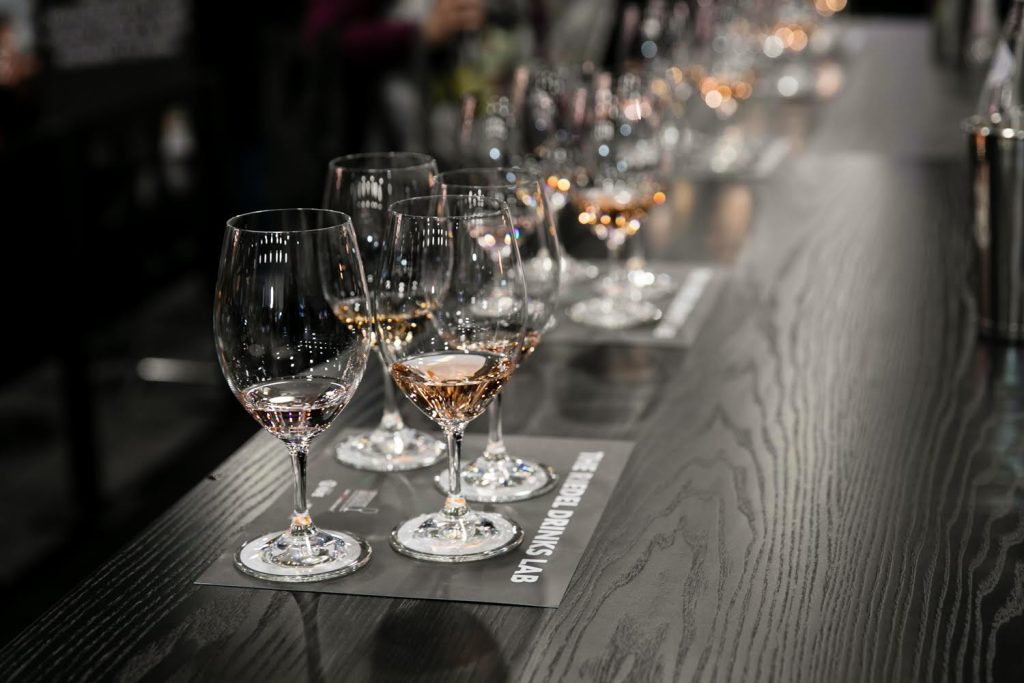
Myth: Rosé is normally just an aperitif, it doesn’t pair well with food
Fact: Whilst Rosé can of course be enjoyable simply on it’s own, it can equally make for a fantastic wine to pair with food, especially lighter options. Sushi, sashimi and antipasto all make for ideal pairings. So if you’re stuck trying to find a wine that appeals to a broad range of palate preferences, Rosé can serve as a crowd pleaser to discerning friends and family.
Myth: Rosé is just the latest fad, it won’t last
Fact: Rosé can trace its origins to early Greek and Roman times and was particularly popularised in Southern France in the 1800s. The last decade in Australia has seen it rise to more prominence, with a mix of stylistic variations, colours, textures and dryness levels available.
Gibson Wine’s 2023 Disovery Road Graciano Rosé is one of the few straight Graciano Rosés . Its inherent colour and structure can be used to minimise skin contact for a pale Rosé colour. In the process Graciano retains a reassuring savoury note. With lifted aromas of rose petal, raspberry and musk, it’s low in alcohol with delicate flavours that make for a fascinating varietal.
So now you’ve got Rosé on your mind? Why not try Sammy Jakubiak’s Frosé recipe this long weekend.
Information in this article has been sourced from Gibson Wines.

